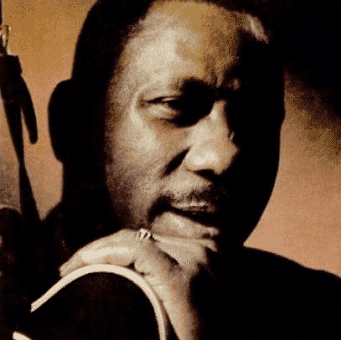Learning to improvise well on the guitar is the holy grail for most guitarists. Here Zac Green from popular music blog ZingInstruments.com introduces us to his 6 steps to learning jazz guitar improvisation. Enjoy.
Anyone familiar with the dulcet tones of Wes Montgomery or Pat Metheny will know that Jazz Guitar is a law (and sound) unto itself. You can be an accomplished rock or blues guitarist but still not have a clue how to maneuver around jazz.
The biggest challenge of jazz guitar is improvisation. Most guitar styles include improvisation to a greater or lesser extent, but jazz is the genre that requires improvisation as a prerequisite. You can’t play jazz guitar without improvisation. But there’s the rub: improvisation is hard. It’s less tangible than say chord theory, and as a result as slippery as an eel to learn. Or so it seems.
Yes, improvisation at a Wes Montgomery, Pat Metheny, or dare I say, Django Reinhardt level (the master of them all, in my opinion) cannot really be taught. But like most things, there are plenty of signposts along the way to help you learn to improvisation, even if the ‘guts’ of the craft comes from the heart, not the hands.
So what are the basic steps to learning jazz guitar improvisation? Let’s take a look.
-
Learning The Blues
The foundation of jazz guitar improvisation is surprisingly the blues. The first step then is to learn to play a 12 bar blues using harmonised jazz chords. Once you’ve got that down, then you should practice playing minor pentatonic scales over the blues sequence. Add some easy licks to get you started, and you’ve just created a nice basis for improvisation. At this stage, it’s useful to learn rhythm patterns, melodic patterns, and how to choose notes the right notes to play over both.
-
Understanding Triads
Triads are the building blocks of chords, so in our second step you should focus on understanding triads. Study major triads in root, first, second and octave inversions and then take a look at the classic I-IV-V chord jazz progression. Once you’re done with major triads, then move on to minor triads in root, first, second and octave inversions. If you’re feeling brave, take a look at Im-IVm-V7 in different keys and different positions.
-
Learning II-V-I formations
Now it’s time to look at classic jazz progressions – namely the ubiquitous II-V-I progression. Like the I-IV-V progression in blues, the II-V-I is everywhere in jazz. Learn the progression in the seven major keys – jazz standard ‘Satin Doll’ is a wonderful tune to help you practice these progressions. Then study II-V-I progressions in the seven minor keys. A great number to practice these are on standard ‘Alone Together’.
-
Mastering Guide Tones
To absorb the sound of a chord progression it’s a good idea to learn what are called ‘Guide Tones’. Guide tones are the 3rd and 7th scale degree of a chord (because this is what determines a major, minor, or dominant chord). So learn Guide Tones over the II-V-I progressions you’ve just learned.
-
Triad and Four-chord Arpeggios
Ok, by step 5 we’re cooking on gas! Now we fix our gaze on arpeggios, specifically triad and four chord arpeggios. Learning arpeggios equips you with a wonderful vocabulary – the gypsy jazz genre (to name one) uses arpeggios to amazing effect. As well as major and minor arpeggios, we should learn Dm7, G7 and Cmaj7 chords showed with triads, plus Dm7-G7-Cmaj7 improvisation examples using triads.
-
Learning licks and patterns
By the time you’ve reach step 6, you’ve learned triads, guide tones, arpeggios and so on. This will give you a lot of improvisation gumption. What’s our final step then? Well, it’s to listen and absorb the great jazz guitarists and learn their licks and patterns. Having equipped yourself with the basics to jazz guitar improvisation, you will appreciate how these licks and patterns were formed. Greats to listen to are to Django Reinhardt, Charlie Christian, Wes Montgomery, Grant Green, Joe Pass, Jim Hall, Barney Kessel, Lenny Breau, Ted Green, Pat Metheny, John Scofield and many others…
So there we have it. 6 steps to learning jazz guitar improvisation.
More @ The Blogging Musician…

The seven major keys? There are 12. The seven minor keys? There are 12 of them in each type of minor scale.
No problem. Thanks for stopping by!
Great article and tips! I can;t wait to try them out. Cheers, mate.
Thanks for reading !